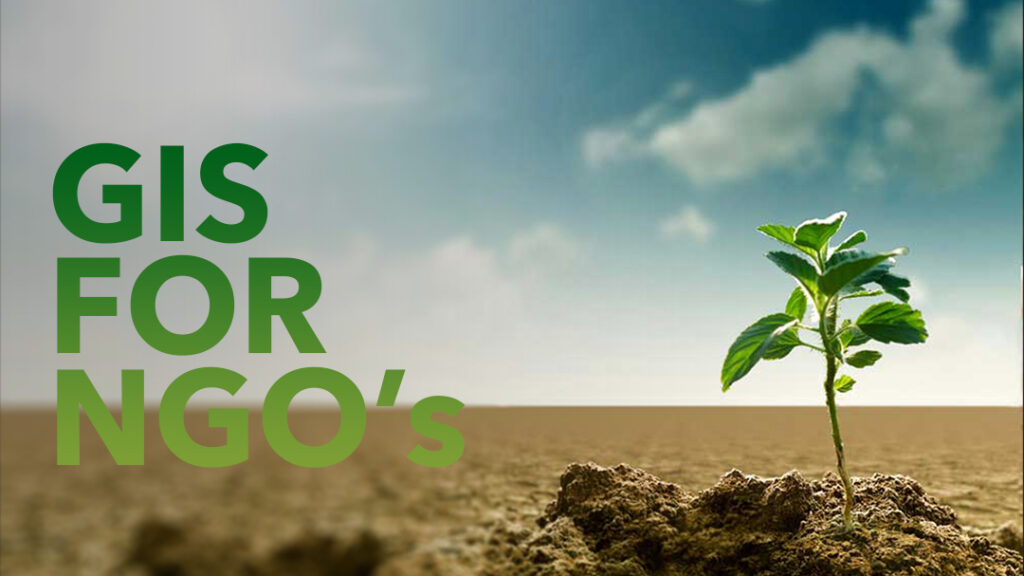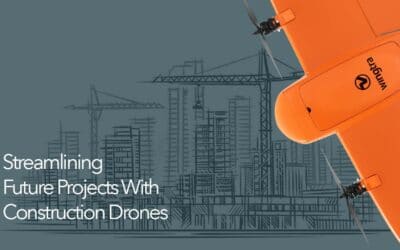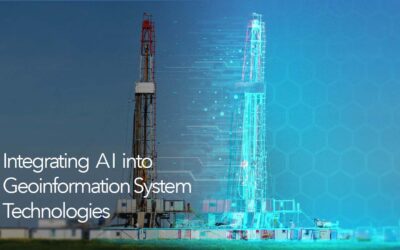GIS for NGO’s
Geographic Information System (GIS) is a software framework for capturing, storing, analyzing, and displaying spatial data. It analyses spatial location and organizes layers of information into visualizations using maps or 3D scenes. An example of the GIS software is the world’s leading and industry standard, ArcGIS software (developed by ESRI).
The ArcGIS software allows for organizations such as NGOs to have deeper insights into data, and recognize patterns, relationships and situations – helping them keep track of the various interventions being carried out on the ground, hence, enabling them to make better decisions. It also comes with dashboard functionalities which allows for direct interaction with the system (“What Is GIS? | Geographic Information System Mapping Technology,” n.d.).
Non-governmental organizations (popularly known as NGOs) are generally non-profit, citizen-based groups which are organized on local, national or international levels to perform distinct social or political purposes(“What Is an NGO (Non-Governmental Organization)?,” n.d.). NGOs play key roles in pushing for certain basic human needs and sustainable development at various levels. Some of the roles played by NGOs include development and operation of infrastructure, provision of technical assistance and training, research, monitoring and evaluation, advocacy for the poor, support for Innovation and pilot projects and facilitating communication(“Non-Governmental Organizations,” n.d.).
The Research, Monitoring and Evaluation (RM&E) plays a critical role in the operations of NGOs. These functions enable the NGO provide information on what an intervention is doing, how well it is being carried out and whether it is realizing its set aims and objectives.
Research, Monitoring and Evaluation also provide direction on future intervention activities and guidance on where impending resources could be allocated. Finally, it plays a key role in delivering transparency and accountability to donors and stakeholders(“WHO | Category 6: Monitoring and Evaluation,” n.d.).
To realize the full benefits of monitoring and evaluation operations in NGOs, its integration with the ArcGIS system is essential. This enables monitoring and evaluation officers to easily see, analyze, and understand patterns and relationships among the various datasets.
Some of the tremendous benefits of employing an ArcGIS-M&E integrated system, according to (“Geographic Information System (GIS) – Institute of ICT Professionals, Ghana,” n.d.), include:
- It ensures effective communication and visualization of project outcomes or results through maps and dashboards
- Projects can be monitored remotely without having to physically visit the various project sites.
- It guarantees evidenced-based reporting which ensures that effective and informed decision making is realized
- It enables the progress of work to be monitored in real time
- It helps to monitor the right allocation and use of limited resources
Despite the numerous benefits associated with the integration of M&E and ArcGIS, it is important to note that M&E and ArcGIS integration in an NGO may not be applicable in certain projects. According to (Catherman, 2013), GIS and M&E integration can be employed if the following conditions are met:
- The data or intervention to be monitored and evaluated should be capable of being spatially referenced
- There should be sufficient backing within your institution or organization for a GIS-based monitoring and evaluation reporting system (reference)
Employing ArcGIS and M&E integration in an organization’s operation as an NGO may at the initial stages incur extra cost and additional skills. But in the long run, the benefits of such a system far outweigh the initial costs and investments. This is because, the initial cost of procuring the ArcGIS system is a proactive measure which presents an opportunity to take control of any project undertaking right from the beginning. As opposed to the risk of making costly mistakes due to data inaccuracies and poor data management which would cause the organization more, a prudent option would be to choose the ArcGIS software package for the monitoring and evaluation of NGO activities.



